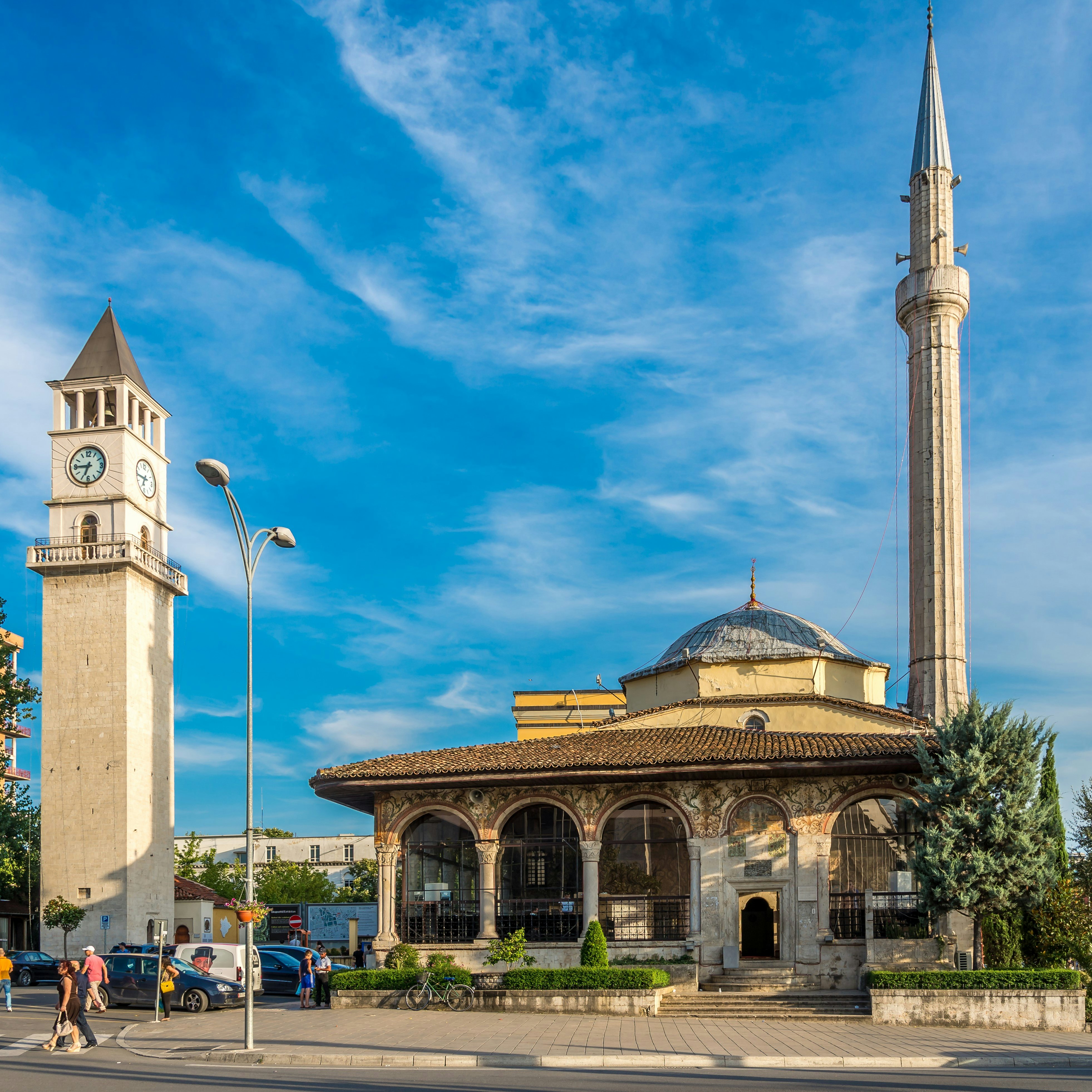
Overview
Lively, colourful Tirana is where this tiny nation's hopes and dreams coalesce into a vibrant whirl of traffic, brash consumerism and unfettered fun. Having undergone a transformation of extraordinary proportions since awaking from its communist slumber in the early 1990s, Tirana's centre is now unrecognisable from those grey days, with buildings painted in primary colours, and public squares and pedestrianised streets that are a pleasure to wander.
Must-see attractions
Planning Tools
Expert guidance to help you plan your trip
Best Things to Do
The sights in increasingly cosmopolitan Tirana revolve around striking monuments, avant-garde architecture and Albanian history, both ancient and recent.
Read full article
Spending Diaries
A detailed account of how one writer spent three days in this vibrant European capital for under $400 per person.
Read full article













